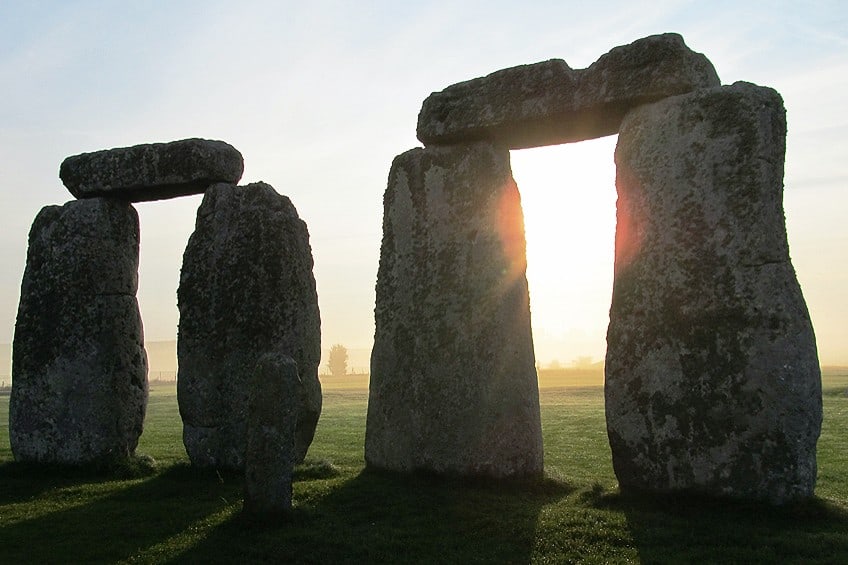Facts About Stonehenge – The Puzzling Origins of Stonehenge
Stonehenge is an ancient megalithic circle in England that has baffled the minds of humans for thousands of years. How did they build it? Why did they build it? Did humans build it at all? We have an incredibly sparse number of actual facts about Stonehenge, and so people have instead imagined much of Stonehenge’s history. However, this article will look at some of the actual facts about Stonehenge, as well as some of the not-so-facts and the present uses of the ancient site. Keep reading to learn more about the facts and theories concerning Stonehenge!
Facts About Stonehenge
| Architect | Unknown |
| Date Constructed | 3000 – 1520 BCE |
| Function | Unknown |
| Materials Used | Sarsen and bluestone |
| Location | Wiltshire, England |
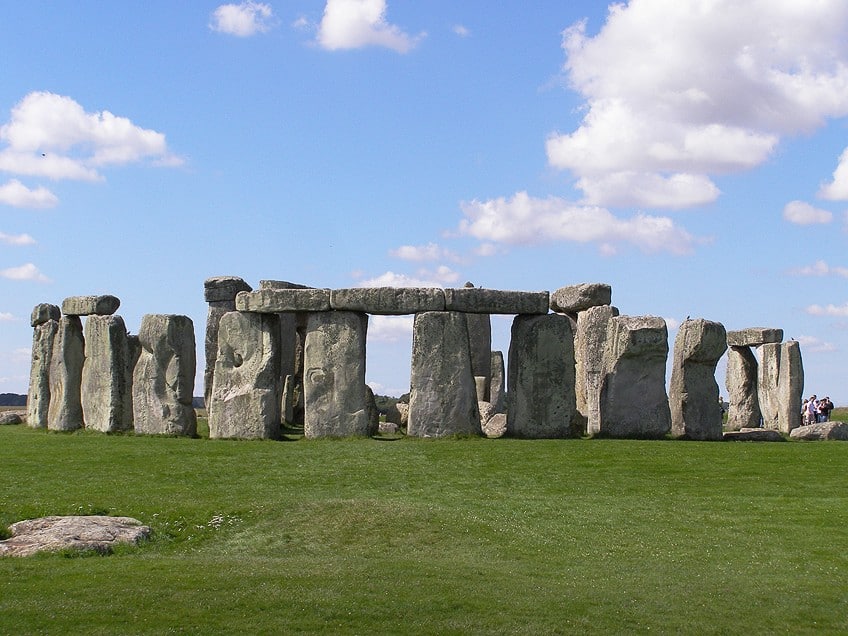
Stonehenge is one of those truly ancient structures that has been around for such a long time that we do not know the origins of it in any definitive sense. This is why facts about Stonehenge are actually remarkably difficult to come by, and instead of Stonehenge facts, there are a multitude of Stonehenge interpretations (or flat-out conspiracy theories). All of these are immensely fun and entertaining to consider, and so today, we will have a look at quite a few Stonehenge fun facts and fun not-so-facts.
However, let’s first ask a question: what is Stonehenge?
So, Stonehenge is a piece of megalithic architecture that is comprised of about a hundred standing stones arranged in a circular formation. This stone circle is reminiscent of other megalithic stone circles, but Stonehenge is probably the most famous of them all. Why is Stonehenge famous though? There could be many reasons as there are many other megalithic stone circles in the world, but the immense size of these particular stones, the mystery around them, and some of the known Stonehenge facts make this a particularly interesting example of this type of ancient architecture.
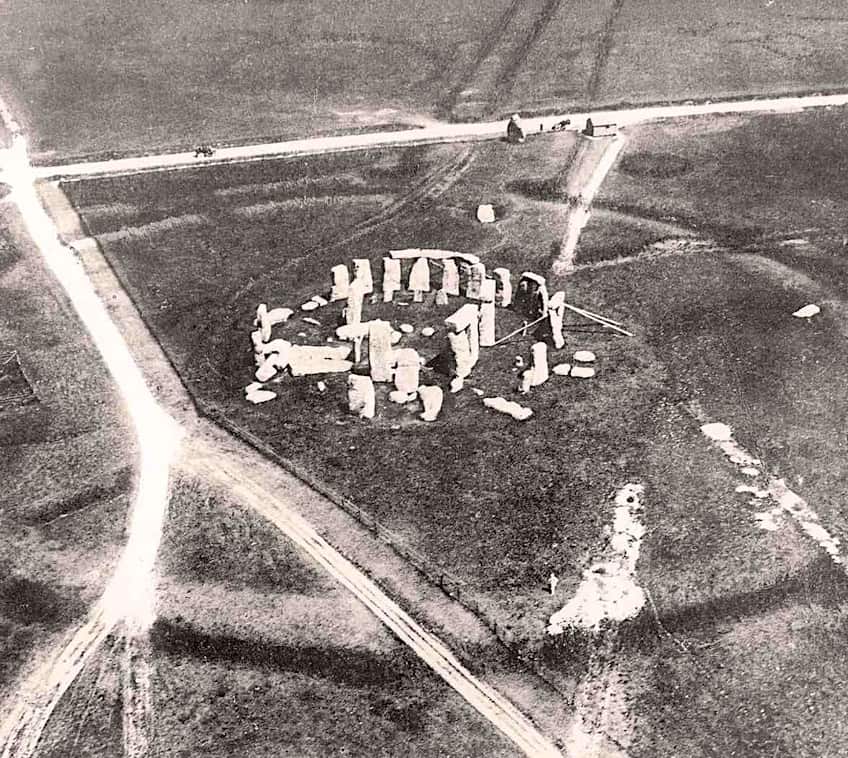
The general structure of Stonehenge entails two separate stone styles. There are larger sarsen stones and a variety of smaller bluestones. The larger stones are a fairly common type of stone located in the region, but the bluestones are from far further away. However, when stating that the bluestones are “smaller”, this does not mean they are pebbles, but rather that they are, on average, between 2 and 5 tons in weight. They are simply “smaller” because the sarsen stones are, on average, about 25 tons. So, the small stones are still large, they’re just not as large.
Megalithic structures of this nature have been found throughout the world and they served various purposes, but the actual purpose of Stonehenge is still unknown.
So, when asking something like “Why is Stonehenge a mystery”, the answer is that we hardly know any actual definitive facts about Stonehenge. We do not know why it was built, how it was built, who built it, or what purpose it was supposed to fulfill. What we do know is that Stonehenge is not alone. This ancient piece of megalithic architecture is part of a far larger series of prehistoric sites. There are various burial mounds and other ancient structures around the general Stonehenge area.

These may indicate part of the purpose of Stonehenge, but only in the vaguest possible terms. Whoever actually built Stonehenge left behind no written records and we have no idea what they were thinking when they dragged thousands of kilograms worth of solid rock across the country to arrange them in a shape.
We don’t know why they did that, but let’s get into what we do know because there are at least some known facts about Stonehenge.
What We Know About Stonehenge’s Creation
What do we know about Stonehenge? What do we actually know? We know that it is located in Salisbury Plain in England and that it is made up of a series of massive rocks, and many of them are arranged in a post-and-lintel design. This means that some of the rocks are used as pillars while others are set atop them to make a rudimentary lintel. We know that with today’s technology, lifting rocks like this is not all that difficult, because a crane can lift far heavier items, but we have no idea how they were able to do it.
So, in what time period was Stonehenge built? Well, it was not constructed particularly quickly.
We know that it was constructed in multiple stages over the course of perhaps a thousand years. The earliest days we have put the beginnings of construction at around 3000 BCE, and it may have continued into about 1520, but it may have also been finished earlier. Determining exact dates is impossible with present technology.

Additionally, we know that the largest stones were quarried from a region known as Marlborough Downs, and this area is about 32 km (or 20 mi) from Stonehenge itself. While this is not that far in the grand scheme of things, moving rocks that weighed thousands upon thousands of kilograms any distance was a feat worthy of praise. The bluestones were brought from even further away as they were brought from an area in South Wales called Preseli Hills. This region is 160-240 km (or 100-150 mi) away. This is significantly further than the locations from which the sarsen rocks were quarried.
We know, because we are familiar with the kind of technology available to ancient people, that it would have required significant levels of organization and planning to be able to do this at all.
The incredible size of each of the stones meant that this was an incredibly arduous construction effort. How big is Stonehenge anyway? It’s made up of over a hundred of these rocks, and so the people who had to transport these rocks likely needed to make many trips over the centuries to retrieve it all. However, this has only discussed where the stones that make up Stonehenge come from, but not how they lifted them upright or how they set some of the stones on top of other stones. And the answer to the question about how they managed this is that we have no answer. It’s a mystery.
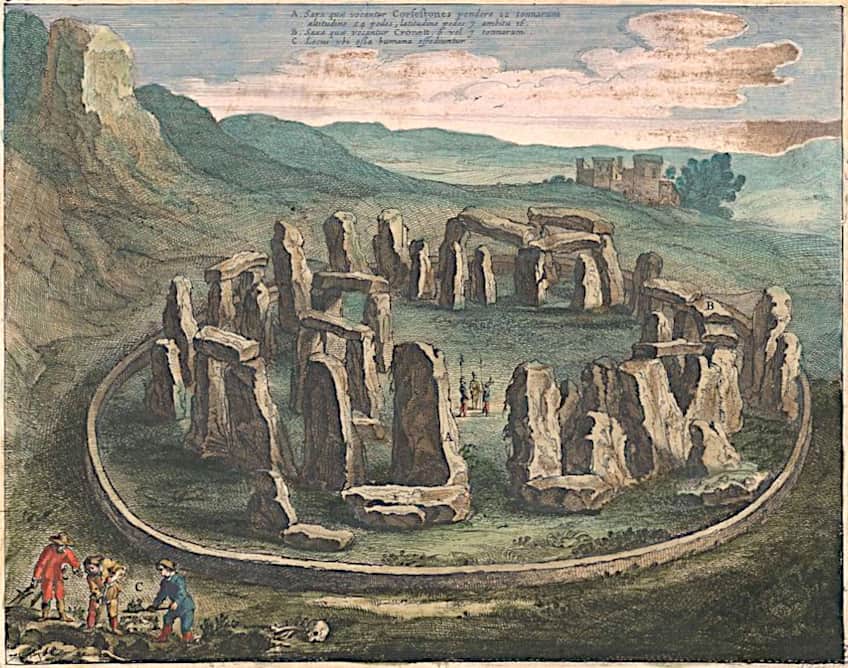
The answer to the two questions: “Why is Stonehenge a mystery?” and “Why is Stonehenge famous?” can likely be answered with the same answer: because we have no idea how they were able to build this thing in the first place. It should have been beyond their capabilities, and yet they accomplished it. This is basically all we know. These are the facts about Stonehenge that are actually known. So, what about the more dubious “facts”? What about the many Stonehenge fun facts that could be discussed?
Well, if we cannot know the true facts, then what about looking at what some people have tried to propose over the centuries? If we don’t know the fact, then let’s embrace the fiction.
The Many Mythical Origins of Stonehenge
For a very long time, it was essentially believed that Stonehenge was made through literal magic. How else could anyone have created something like this? It was literally impossible for the many people who saw this building to understand how to build it. Even architects scratched their heads when gazing at Stonehenge. So, people needed answers. If the academics and the historians had no answers, then why not come up with some of your own ideas?
One of the most enduring of these was an explanation by Geoffrey of Monmouth, a “historian” (if one could call him that), and his highly scientific reasoning was simple: Merlin did it! That’s right, the wizard from Arthurian legend was the one who did Stonehenge.
A literal wizard was the one who did it because imagining humans being able to make something like this was obviously ridiculous. It was impossible for something like this to be made from anything other than an actual magic wielder. However, there have been other interpretations. Some claimed that the Danes made it to commemorate their victory over the Britons, but this doesn’t much track with actual history. It also could have been a Roman temple dedicated to a sky god! However, the Romans didn’t actually exist when Stonehenge was built. In fact, Rome didn’t even exist yet. So, that definitely wasn’t the answer.

So, others claimed that the Druids created it for ceremonial and astronomical purposes. The Druids still lay some claim to Stonehenge, so many do believe this particular line of thought, but there is no actual evidence for this. In fact, it was created before the Druids actually existed. This means that they could not have had a hand in its creation. Ultimately, magic, or another theory that it was built by actual giants, makes more sense than it being created by ancient peoples who either didn’t technically exist yet or were in the infancy stages of their development as a culture.
These mythical origins are, obviously, not true though.
We know where the stones came from, we know that humans must have moved them, and they would have done this through the labor of thousands of people. However, it is more fun to say that magic, giants, or perhaps even aliens had a hand in the creation of Stonehenge.
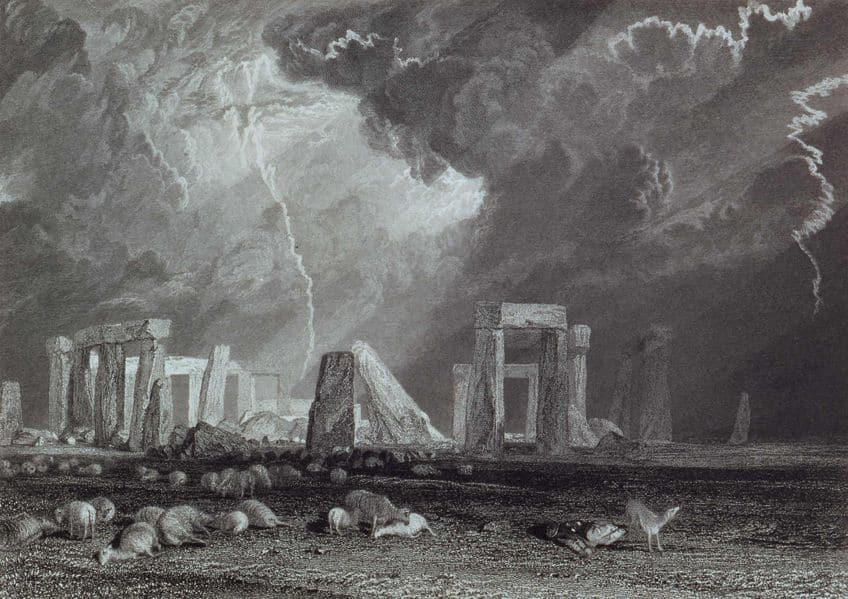
The Proposed Functions of Stonehenge
Over the course of Stonehenge’s history, there have been various proposed functions of Stonehenge, but these are not exactly factually known. Some of our ideas have come from what we know about other megalithic sites or from other structures around the general Stonehenge area. However, we do not know any of these definitively. These are only our best interpretations of what Stonehenge may have been used for.
Some of the most commonly proposed functions of Stonehenge are fairly typical.
It could have been used as a burial site, and as cremated remains have been found there, this may have some validity to it. However, we cannot be all that certain, and so it is purely speculative. It may have also been ceremonial or religious in nature. Many megalithic sites and circles appear to have been used for these purposes, but we are not certain about this with regard to Stonehenge. It may have been used for these purposes, but unlike many megaliths around the world, there are no carvings in Stonehenge. There are no ways of knowing for certain.

This is also why another major proposal is astronomical in nature. Perhaps Stonehenge is a form of astronomical calendar. This would not be an unreasonable proposal as this is the case with many instances of megalithic architecture, and as Stonehenge is aligned with certain astronomical forces, this may also have some basis in fact. However, we cannot claim any of these to be facts about Stonehenge. We do not know. We can only propose ideas and assume that perhaps there is some level of fact to some of these statements and beliefs.
Stonehenge’s history and functions are a mystery, but this does make it fun to think about, and regardless of the actual functions of Stonehenge, the site does have some contemporary uses that we can be extremely certain about.
The Current Activities Available at Stonehenge
You can visit Stonehenge if you so desire, and there are many things that you can do as a tourist at this ancient site. There are, of course, tours that will inform you on the facts about Stonehenge while also exploring the facts about the region around it (as we know more about that than Stonehenge itself), but there are also other activities that can be done.

There is a Visitor Center that shows off various pieces of archaeological history around the site that gives some insight into the ancient people who resided in the area. There are also some fascinating reconstructions of Neolithic Houses so that visitors can see what life would have been like for the regular people who lived around Stonehenge when it was still in actual use. It is also worth mentioning that the area around Stonehenge is also a gorgeous natural landscape, and so there is natural beauty to be seen in every direction for those who would prefer some nature over human culture. Although, there is also a museum for those who want the cultural side.
The Current Druidic Uses of Stonehenge
While most people see Stonehenge as an attraction, a place to visit and contemplate, there are still those who see it as something more. There are those who see it as part of the tradition of the Druids, and those Druids have continued to use it to this day.
We know that Druids did not actually exist when Stonehenge was created, but it has been adopted as part of their culture at present.
Druids are permitted to enter the site and practice certain ceremonies there, such as the celebration of solstices. Stonehenge has become a place of pilgrimage for Druids regardless of the fact that Stonehenge’s construction had nothing at all to do with them. The nature worship of Druidism does allow it to integrate well with the incredible natural beauty of the area around Stonehenge, and the fact that Stonehenge is also a relatively simple construction likely only adds to that.
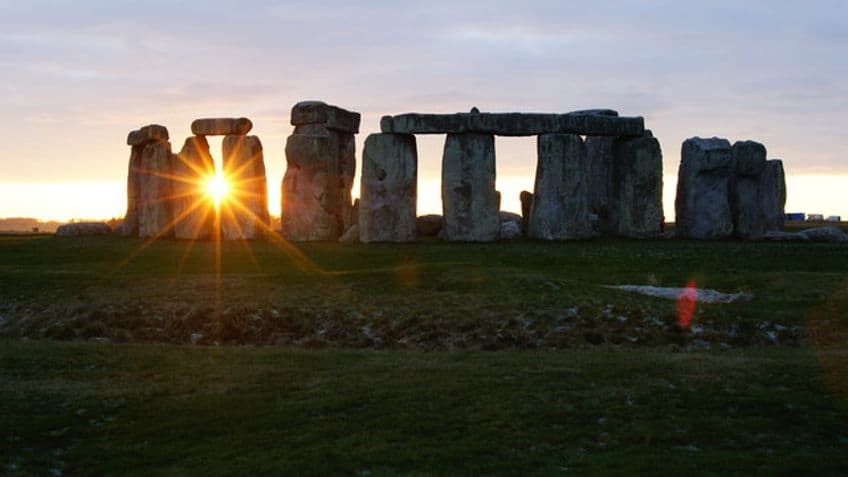
We have come to the end of our discussion about Stonehenge. We have looked at Stonehenge’s history, the many theories and ideas about its creation, and the current uses of the structure. However, we are still no closer to having all that many actual facts about Stonehenge. Perhaps one day, but until then, it should be fun to keep theorizing about it.
Frequently Asked Questions
What Is Stonehenge?
Stonehenge is a prehistoric megalithic stone circle in England, which has become one of the most famous pieces of ancient architecture in the world. It is also a source of constant speculation as there are no written records from the civilization that created it. We have no idea why they built Stonehenge or how they did so. Facts about Stonehenge are very sparse, and this has made it a favorite topic for conspiracy theorists.
Why Is Stonehenge Famous?
Stonehenge is likely famous because it is immensely old, and it required a level of engineering prowess that we presume to be beyond the abilities of those who created it. It is thousands of years old, and the people who created it did not have modern technology, yet they were able to transport and then arrange stones that weigh thousands of kilograms. Who wouldn’t be interested in something like that?
How Big Is Stonehenge?
Stonehenge is made up of about a hundred separate rocks, and many of them are about 25 tons in weight. This indicates the incredible scale of Stonehenge and the difficulty that must have gone into building it. The full size of the structure is also incredible, as the diameter of the sarsen rock circle is about 33 m (or 107 ft) in diameter.
What Time Period Was Stonehenge Built?
Construction on Stonehenge began around 3000 BCE. We do not know the definite dates of anything, but construction may have lasted around a thousand years with some of the final work continuing into around 1520. A lot of work went into the construction of this megalithic circle, and it has remained a mystery ever since.
Why Is Stonehenge a Mystery?
Stonehenge is such a mystery because we have no idea how the people who created it were able to do so. Additionally, as there are no written records, we don’t know why they built it. It was clearly a difficult undertaking, and so the fact that everyone who built it has vanished off the face of the earth has left us with many questions. Stonehenge has been subject to theories and conspiracies for centuries, and we are still no closer to truly understanding it.
Justin van Huyssteen is a writer, academic, and educator from Cape Town, South Africa. He holds a master’s degree in Theory of Literature. His primary focus in this field is the analysis of artistic objects through a number of theoretical lenses. His predominant theoretical areas of interest include narratology and critical theory in general, with a particular focus on animal studies. Other than academia, he is a novelist, game reviewer, and freelance writer. Justin’s preferred architectural movements include the more modern and postmodern types of architecture, such as Bauhaus, Art Nouveau, Art Deco, Brutalist, and Futurist varieties like sustainable architecture. Justin is working for artfilemagazine as an author and content writer since 2022. He is responsible for all blog posts about architecture.
Learn more about Justin van Huyssteen and about us.
Cite this Article
Justin, van Huyssteen, “Facts About Stonehenge – The Puzzling Origins of Stonehenge.” artfilemagazine – Your Online Art Source. August 2, 2023. URL: https://artfilemagazine.com/facts-about-stonehenge/
van Huyssteen, J. (2023, 2 August). Facts About Stonehenge – The Puzzling Origins of Stonehenge. artfilemagazine – Your Online Art Source. https://artfilemagazine.com/facts-about-stonehenge/
van Huyssteen, Justin. “Facts About Stonehenge – The Puzzling Origins of Stonehenge.” artfilemagazine – Your Online Art Source, August 2, 2023. https://artfilemagazine.com/facts-about-stonehenge/.


